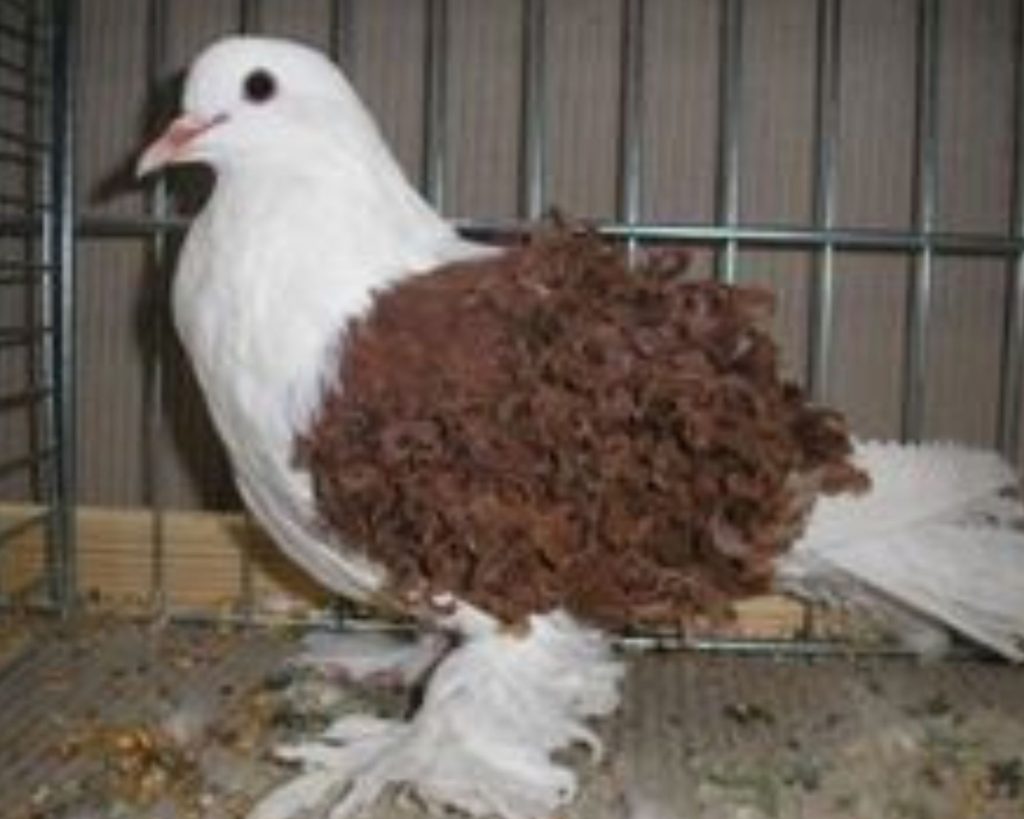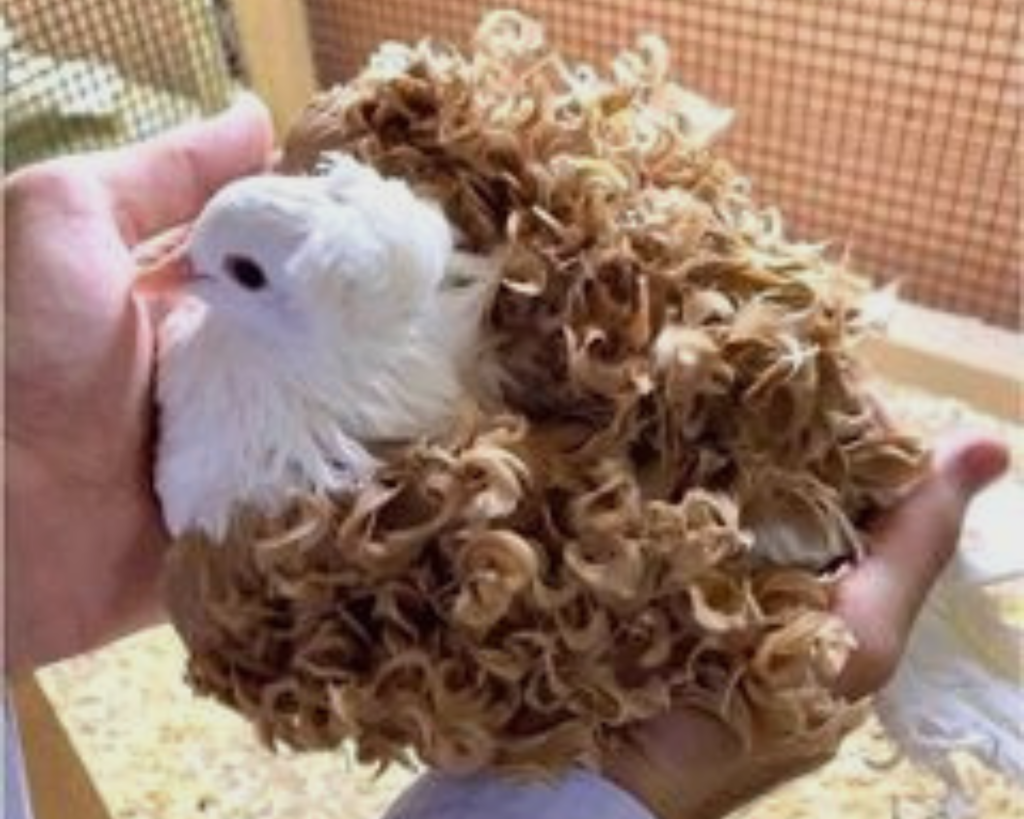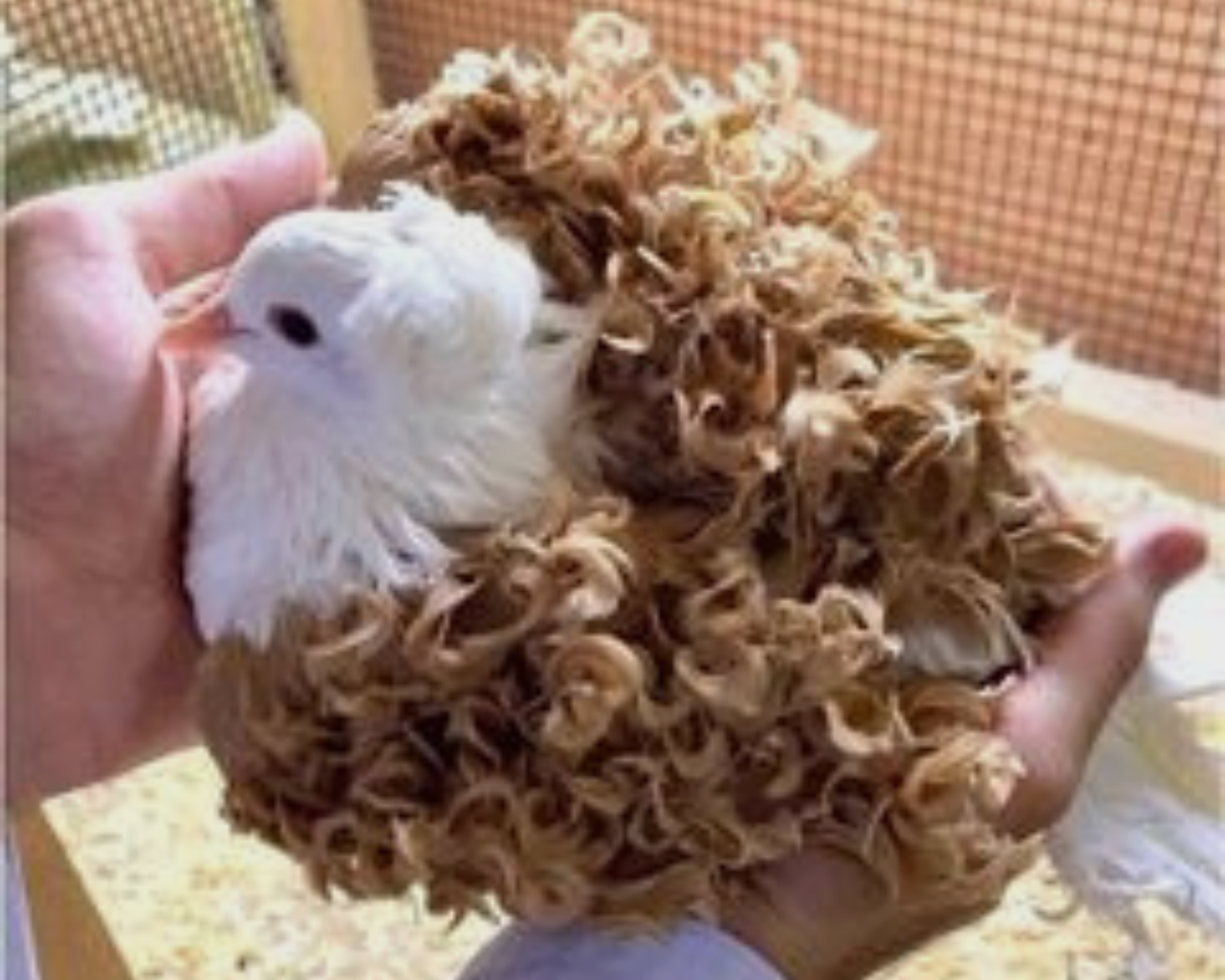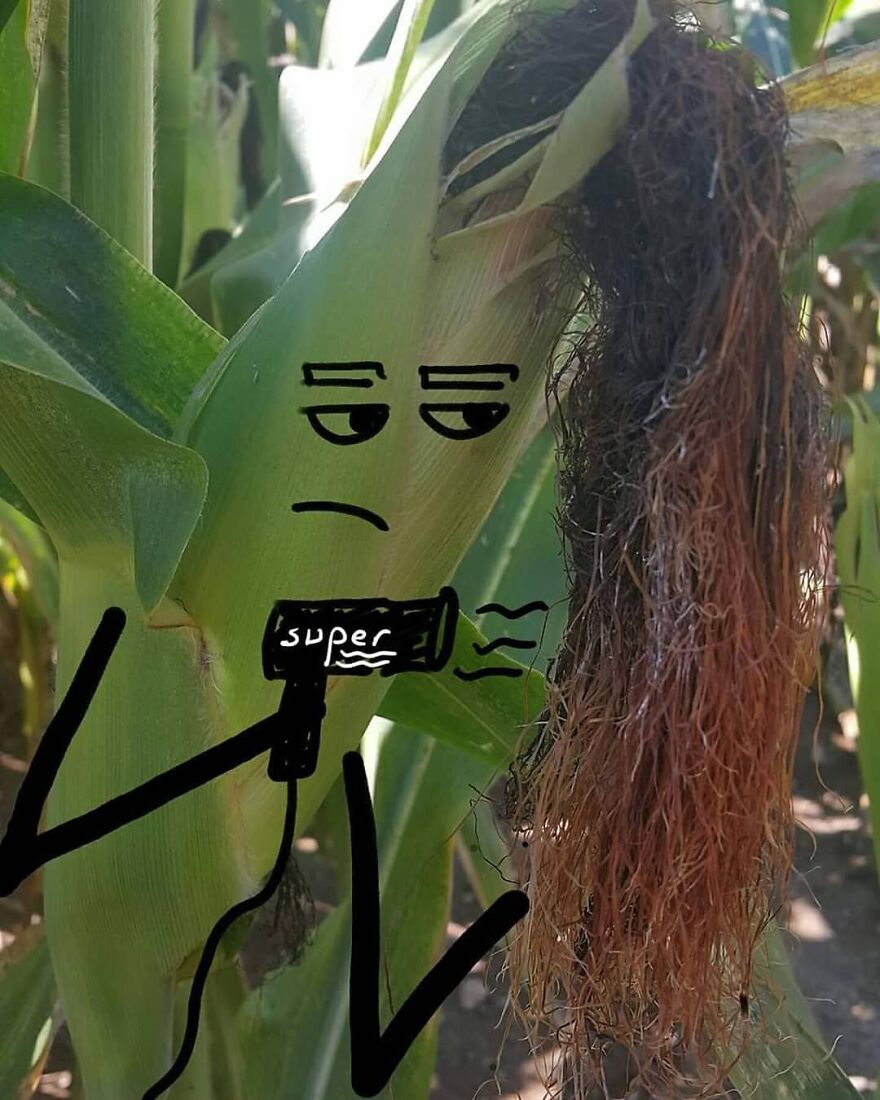Delve into the captivating world of the Frill back pigeon, a breed steeped in elegance and refinement, meticulously developed through generations of selective breeding. Originating from the rock pigeon lineage, the Frill back boasts distinctive features, notably its ornamental frills adorning the wing shield feathers, from which it derives its name.
Beyond its aesthetic allure, the Frill back embodies a testament to dedication and craftsmanship. The journey to breed excellence is marked by stringent standards upheld by organizations like the American Frill back Club (AFC), ensuring that only the finest specimens grace exhibitions. To earn recognition, Frill backs must undergo rigorous scrutiny and be showcased by multiple exhibitors over consecutive years, a testament to their consistency and quality.

Diversity flourishes within the Frill back community, enriching their palette with various colors and patterns. While many hues defy convention, each adds a unique charm to these avian wonders. From classic pied designs to vibrant shades rarely seen in other pigeon breeds, the Frill back’s allure knows no bounds.
Not merely a feast for the eyes, Frill backs boast proportions that set them apart. Their elongated tails, expansive wing feathers, and robust physique exude an air of grace and grandeur, elevating them to the pinnacle of avian beauty.

The hallmark features of the Frill back extend beyond its plumage, encompassing distinctive head adornments that captivate onlookers. Whether adorned with a regal shell crest or boasting a sleek plain head, each Frill back exudes an aura of majesty, its features meticulously sculpted to perfection.
Attention to detail defines the Frill back standard, from the alignment of its beak and eyes to the hue of its feathers. Adhering to precise specifications, Frill backs exhibit a harmonious balance of form and function, with every aspect meticulously curated to reflect their innate elegance.

The Frillback’s allure extends to its muff, a hallmark of its enchanting appearance. Ranging in length, these adornments add a touch of whimsy to the bird’s profile, embodying the essence of ornamental beauty.


At the heart of the Frillback’s appeal lies its signature frills, intricately woven into its wing shield feathers. With no detail spared, each curl exudes a sense of sophistication, culminating in a symphony of ornamental splendor that captivates all who behold it.

Even the underside of the Frillback’s muff bears witness to its exquisite craftsmanship, with pronounced creases adorning the flight and tail feathers. This is a testament to the meticulous care lavished upon every aspect of its design.


In essence, the Frill back pigeon stands as a testament to the artistry and dedication of breeders, a masterpiece of avian elegance that captivates the imagination and enchants the soul. Embrace the allure of the Frill back and experience the beauty of nature in its purest form.

Could you go and check my other article also?










